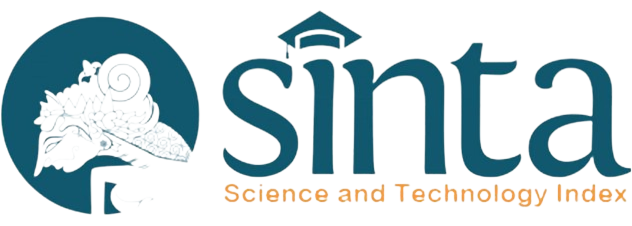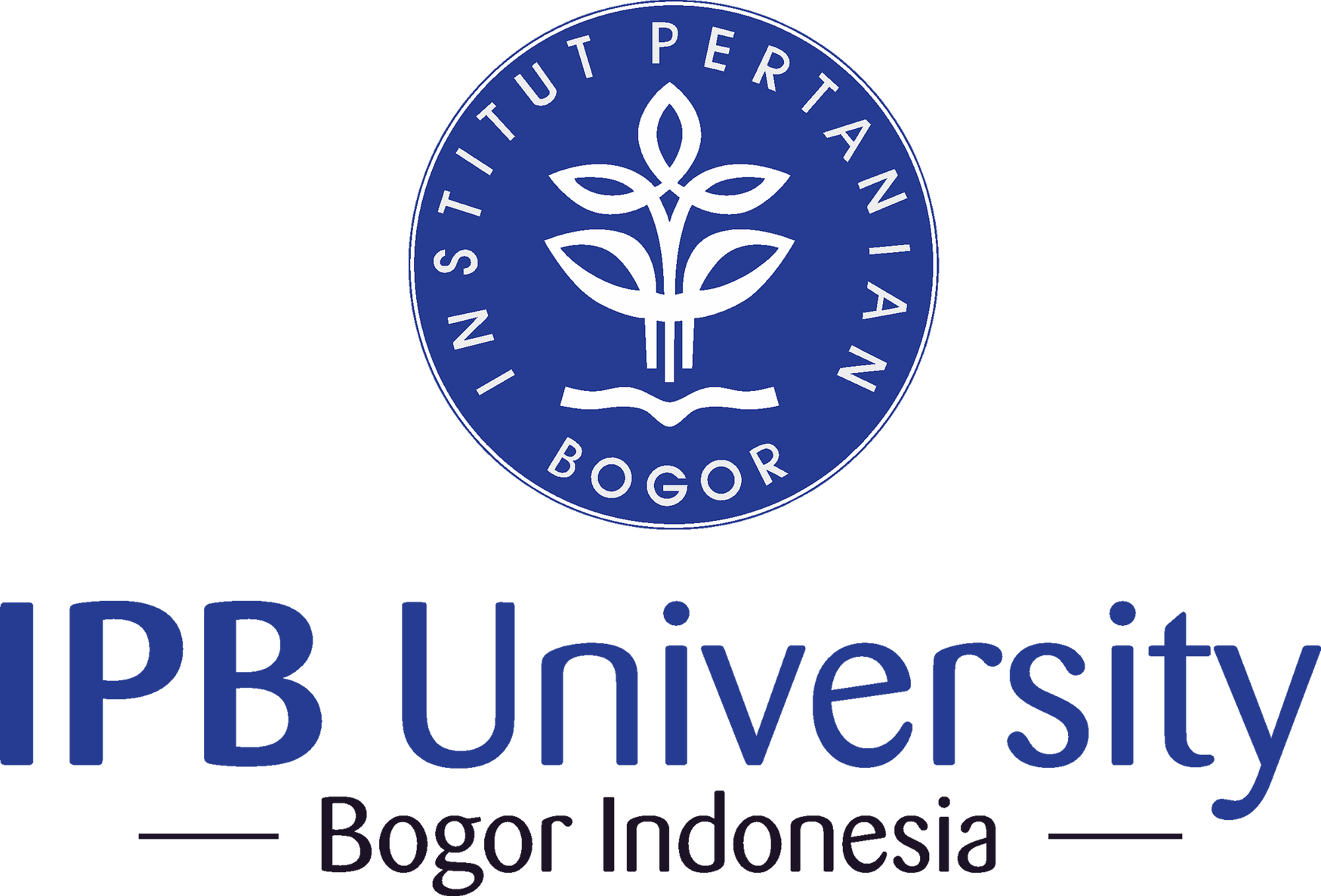Perkecambahan dan Pertumbuhan in vitro Jeruk Nipis (Citrus aurantifolia)
Abstract
In vitro selection to increase the citrus resistance to Huanglongbin-HLB diseases, requires the
availability of lime in vitro shoots as a negative control, because it is one type of citrus that is very
susceptible to HLB. In vitro shoots can be obtained from seed germination in vitro with a more controlled
environment. Shoots derived from in vitro germination can be used as controls when in vitro artificial
inoculation by pathogen suspension is performed to select in vitro breeding lines. This study aims to obtain
the best concentration of gibberellins and scarification treatment for in vitro germination of lime.
Germination was carried out on citrus seeds that had been sterilized on the surface of the fruit. Scarification
is done by injuring the testa of the seed. Lime seeds with and without scarification treatment were germinated on MS+VMW base media with the addition of GA3 0 mg L-1, 5 mg L-1, 10 mg L-1, and 15 mg
L-1. The results showed that the optimal concentration of GA3 to induce lime seed germination was 5 mg
L-1. Scarification by wounding the seed testas significantly accelerated lime germination time.
Keywords: Citrus aurantifolia, in vitro selection, negative control, of GA3, scarification













